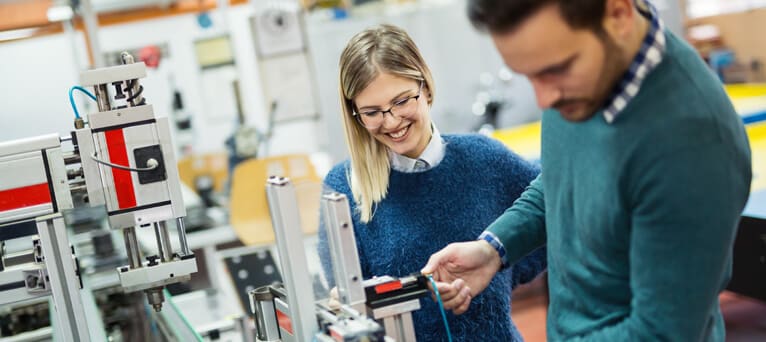Cavitation generation has been much of a mystery for more than a century. A core unresolved challenge is how bubble growth subject to acoustic forcing occurs over millions of cycles of oscillation, which cannot be simulated by any CFD packages.
Cavitation is the formation and the subsequent dynamics of bubbles in a liquid or in a tissue, typically induced by sound or high-speed flows. Such bubbles are capable of yielding powerful shock waves, high-speed jets and extreme heating, which are detrimental in numerous applications. These include ship propellers, hydraulic turbines or artificial heart valves, where cavitation causes erosion, vibrations, and noise. More recently, cavitation has been applied for ultrasound cleaning, sonochemistry, ultrasonic lithotripsy to remove kidney stones or blood clots, ultrasonic liposuction to remove excessive fat, targeted drug delivery to cells with encapsulated microbubbles, and the opening of the highly selective blood-brain barrier through microbubbles subject to ultrasound.
Birmingham bubble group has been established for more than 30 years and is recognised as a world leader in the mathematics of bubbles. In particular we have a tractable and accurate mathematical model for simulating the growth of bubbles for millions of oscillations subject to acoustic waves. This development is based on the state-of-the-art techniques including multiscale perturbation, matched expansions and transform theory. The approach has been well demonstrated by the excellent agreement of the model with experiments. Information on our research areas and expertise can be found at:
https://www.birmingham.ac.uk/research/activity/mathematics/bubble-dynamics/index.aspx
The PhD student will develop the mathematical model for cavitation generation. The possible developments include modelling of the effects of heat transfer, surfactants, liquid properties and transient ambient pressure to cavitation generation. He/she will model, simulate and analyse the detailed process of cavitation generation from cavitation nuclei to microbubbles. The objectives are to find the mechanisms and to characterize cavitation generation in terms of various parameters. He/she will optimize the use of acoustic cavitation in various applications with the capabilities developed.
Suitable candidates should have a good honours degree in Applied Mathematics, Theoretical Physics, Fluid Dynamics or related subjects. Candidates should have excellent written and oral communication skills. It would also be advantageous if they have a master’s degree or had previous research experience in fluid mechanics.
Funding Notes
Applicants, who have already obtained scholarship/sponsorship, are welcome to apply for admission for this Ph.D. program at any time.
Strong first class UK/EU students are eligible to apply for these scholarships. International applicants should be in the first 5% of their cohort and at a leading university within their country.

 Continue with Facebook
Continue with Facebook




